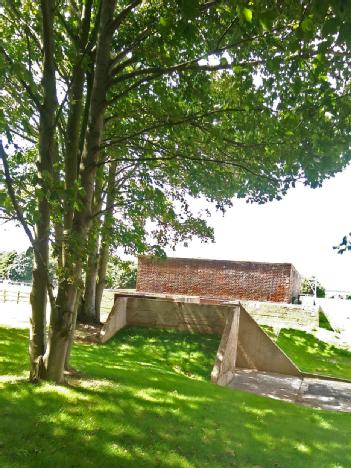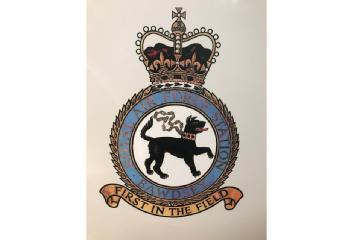
 |
Bawdsey Radar |
IP12 3BA Bawdsey, Great Britain (UK) (Suffolk) |
|
| Address |
Transmitter Block
|
| Floor area | unfortunately not known yet |
Radar
- Tubes/Valves / Semiconductors
- Amateur Radio / Military & Industry Radio
|
Opening times
|
April - October: Thuesday + Sunday: 11am - 4pm, (last admission 3pm) see “Opening Times“ for extra open days. |
||||
|
Status from 05/2023
|
Adults: £8.00 Children: free | ||||
| Contact |
|
||||
| Homepage | www.bawdseyradar.org.uk | ||||
| Location / Directions |
From Woodbridge, the transmitter building is located off the B1083, one mile beyond Bawdsey village. There is a seasonal foot ferry, including cycles, from Felixstowe Ferry to Bawdsey Quay. Please contact the Ferry Company for timetable information, tel. +44-7709-411511. The Transmitter Block is about one mile from Bawdsey Quay along the B1083, Ferry Road. |
| Description | A world first – the story of Bawdsey Radar On 24th September 1937, RAF Bawdsey became the first fully operational Radar station in the world. Remarkably, this was only a short eighteen months after the first experiment, conducted by Robert Watson Watt and Arnold Wilkins, which established that by using transmitted radio waves it was possible to detect an approaching aircraft. Watson-Watt and Wilkins The Scots physicist Robert Watson-Watt, supervisor of a national radio research laboratory and descendant of James Watt was contacted and asked for his views. Test target identified On 26 February 1935, Watson-Watt and Arnold Wilkins successfully demonstrated their system using a BBC transmitter, and managed to pick up a bomber being used as a test target. In May 1935 the Bawdsey Manor Estate was purchased for £24,000. The birth of the radar chain In February 1936. the research scientists occupied Bawdsey Manor House and the stables and outbuildings were converted into workshops. 240ft wooden receiver towers and 360ft steel transmitter towers were built and Bawdsey became the first Chain Home Radar Station. By the outbreak of WW2 a chain of radar stations was in place around the coast of Britain. Anti-aircraft installations During WW2, RAF Bawdsey was identified as a potential target and in September 1939 three 40mm Bofors guns and two .303 Lewis anti-aircraft guns were installed. With an increased fear of a German invasion, these defences were supplemented in 1940 by slit trenches, sandbag gun emplacements, a concrete gun post and at least ten type 24 pillboxes; nine of these still survive. Battle of Britain Radar stations such as Bawdsey were to prove invaluable intelligence during the Second World War and particularly during the Battle of Britain when 2,600 Luftwaffe planes were set against the RAF’s 640. Bawdsey bombings As a high-priority target for the Luftwaffe, Bawdsey didn’t get off lightly. It was bombed on at least 12 occasions. However, huge earth revetments supported by reinforced concrete walls and a roof specially designed to dissipate the force of an overhead blast, prevented the destruction of the station. Sporadic attacks continued for the rest of the war. The last bombing raid near Bawdsey was on 30th June 1944 and in September of that year. Bloodhound missiles Bawdsey was used as an RAF base through the Cold War until the 1990s when the Bloodhound Missile was the last ‘tenant’ in this base. On 31st May 1990 the Bloodhound force ceased operations and in June all the missiles were withdrawn to RAF West Raynham. The RAF Ensign was lowered for the last time on the 25th March 1991 and the station closed on the 31st March. 2016-2017 |
[dsp_museum_detail.cfm]
| Data Compliance | More Information |
 bawdseyradar.org.uk
bawdseyradar.org.uk 

